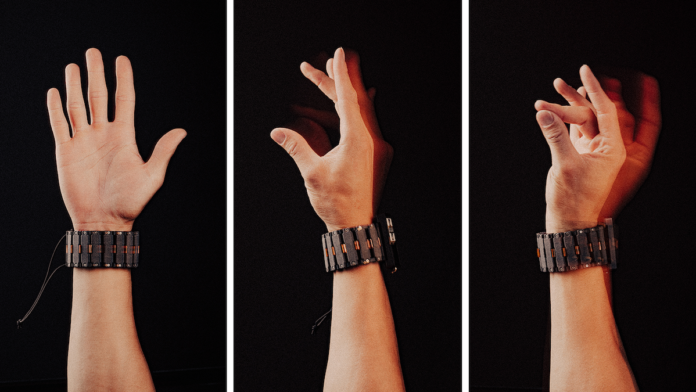Researchers at Meta are developing a bracelet that will allow people to control their computers using hand gestures. This includes moving the cursor, opening applications, and sending messages by writing in the air as if with a pencil.
The Meta bracelet uses surface electromyography (sEMG), which detects electrical signals generated by muscle activity to interpret the user’s movements, as explained in a scientific article published in the journal Nature. These signals can sense a person’s planned actions even before they take them.
The goal of this bracelet is to provide less invasive tools for interacting with computers for people with motor disabilities.
The company is partnering with Carnegie Mellon University to test the bracelet on people with spinal cord injuries, allowing them to use a computer even if they cannot fully use their arms or hands. Douglas Weber, a professor at the Department of Mechanical Engineering and the Institute of Neuroscience, noted that even people with complete paralysis of the arms still show some muscle activity. As a result, the device is able to interpret their actions.
The bracelet is a simpler alternative to other projects, such as Elon Musk’s Neuralink, which aims to implant brain chips in people with severe paralysis. Other non-invasive approaches include headsets that use electroencephalogram (EEG) signals; however, they have limitations due to the weak signals they produce.
Meanwhile, the Meta bracelet can be used right away without surgery, and the use of sEMG signals means it operates at a higher frequency than the EEG.









